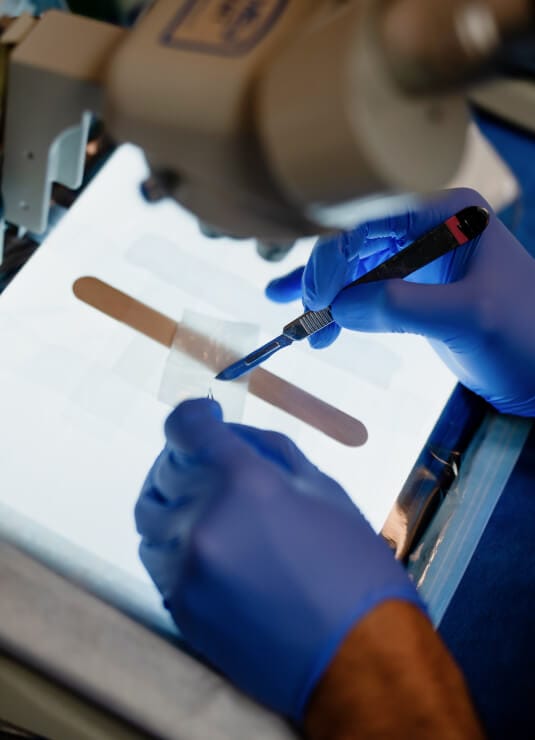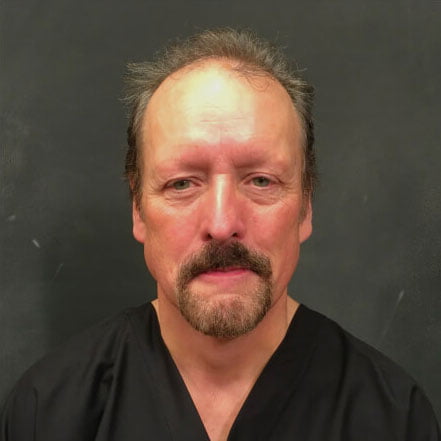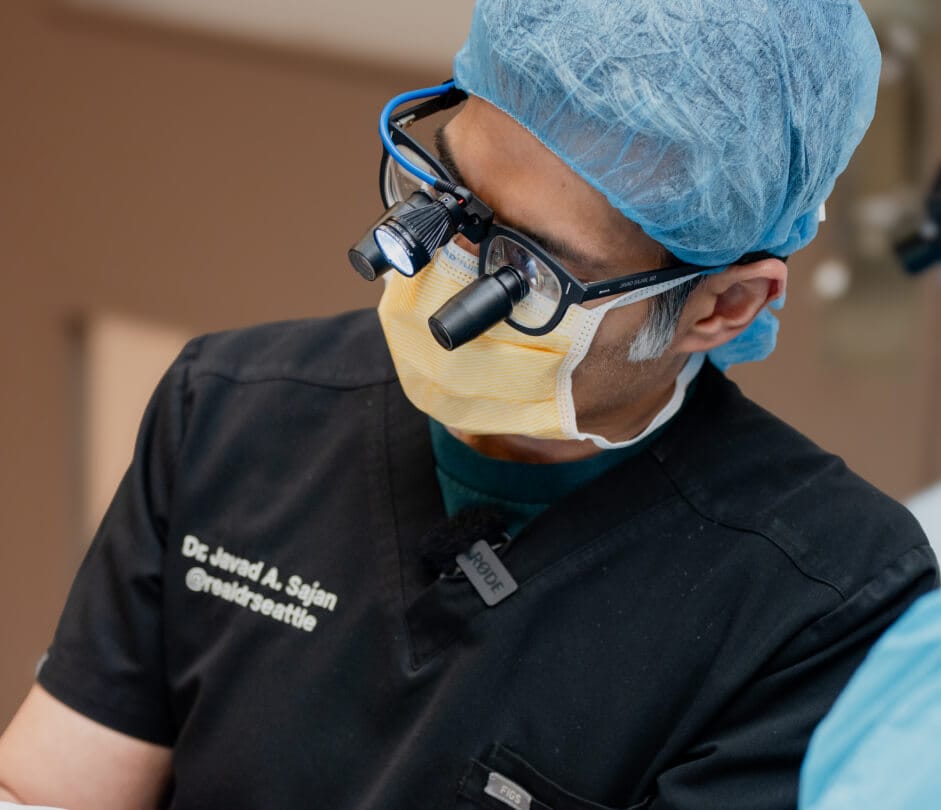
Ideal Hairline with Advanced Hairline Transplant in Seattle
A receding hairline is one of the top concerns for men as they age. Due to a form of testosterone called dihydrotestosterone (DHT) naturally present in the body, hair follicles become damaged and unable to support healthy hair over time. This typically causes a predictable pattern of hair loss that starts near the hairline and temples. It can progress quickly and start as early as age eighteen or your early twenties.
Advanced hairline transplant uses cutting edge hair restoration techniques to promote a fuller, natural-looking hairline. It may use a combination of hair restoration techniques including surgical and non-surgical treatments. Each Seattle hair restoration procedure is customized to fit the patient’s needs and specific stage and pattern of hair loss. This is why they can offer the best advanced hair transplant Seattle.
What is An Advanced Hairline Transplant?
An advanced hairline transplant uses a combination of techniques that focus on identifying and treating precise areas of hair loss. This helps create a more natural-looking hairline based on your original one and expected future loss. Unlike traditional hair restoration techniques that more broadly treat hair loss, advanced hairline restoration focuses on supporting a result that looks finished and natural.
While many traditional hair restoration methods such as minoxidil treatment do still have a place within an advanced hair restoration Seattle treatment, when used in combination with more precise therapies, the restored hair looks natural and it can help prevent future hair loss too.
Latest Hair Transplant Technologies
Hair restoration technology is constantly evolving to make hair transplant surgery less invasive, and restoration results look more natural. Below are some of the most common and newest forms of hair transplant available.
Robotic Hair Transplantation
Using a programmable robot, the FUE technique is performed with advanced scanning to identify the most viable hair follicles and map out a natural hairline based on the patient’s face and hair. This form of FUE hair transplant is more precise and comes with less recovery time. Also, since it identifies viable follicles before transplantation, it may help support better long term results overall. Less trauma is also involved which makes the recovery process less painful and patients can usually remain awake during the procedure.
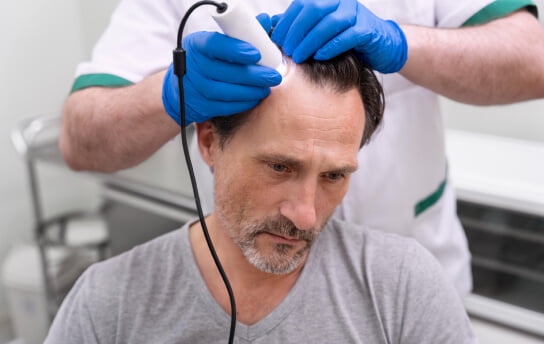
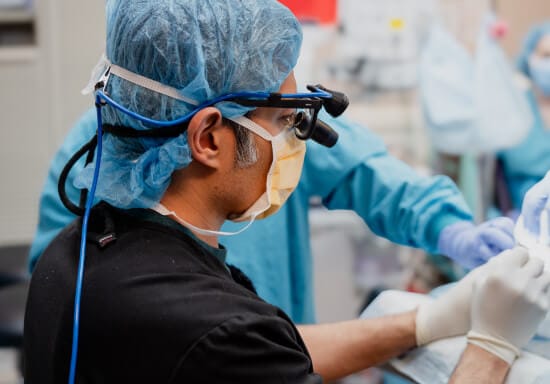
Stem Cell Hair Transplant
Stem cell hair restoration is a non-surgical way to stimulate hair growth. Injections are made in specifically chosen locations to help improve scalp health and reverse damage to hair follicles. This form of hair restoration is best to start as soon as hair loss becomes noticeable. It can also be used to supplement other forms of hair restoration treatments.
The benefits of stem cell hair restoration is that it does not require surgery, the injected materials come from the patient, and there is little downtime involved. Patients do not need to take time off following this procedure.
Follicular Unit Extraction (FUE)
Follicular unit extraction (FUE) is the most common form of hair transplant surgery. The newest evolution of FUE hair transplant is known as percutaneous follicular unit extraction (PFUE). This method uses a specialized circular needle that helps reduce trauma to the scalp. It also allows the procedure to be more precise with both extraction and transplantation of hair follicles. This technique is especially useful for people with thin hair who may not see ideal results with more traditional methods of hair restoration.
Many of the benefits of FUE apply to PFUE too, but additional benefits may include reduced recovery time, improved procedure precision, more natural results, and better preservation of the donor areas.

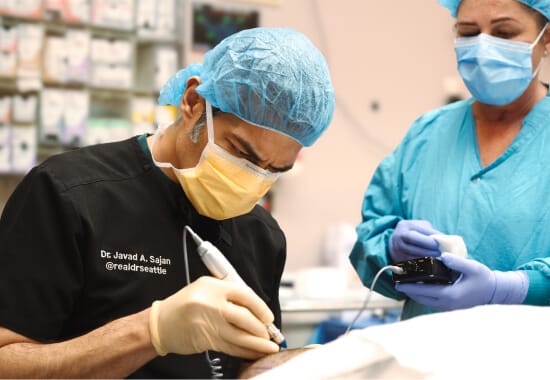
Low-Level Laser Therapy (LLLT)
Low-level laser therapy uses a laser with a low power output to stimulate hair growth by improving circulation to the scalp and prolonging the hair follicle’s growth phases. While it treats a widespread area, it has no known risks and nearly no side effects. This makes it the perfect supplement for advanced hairline transplant in Seattle.
Other benefits of LLLT may include reducing inflammation, improving cellular health of the skin and hair, and supporting overall hair regrowth.
Why Choose Us for Your Hairline Transplant in Seattle?
Seattle Hair Restoration offers high-quality hair loss treatment at state-of-the-art facilities in the Seattle area. Dr. Javad Sajan has years of experience in surgical and non-surgical hair restoration techniques and has helped many patients feel more confident in their own skin through advanced hairline restoration in Seattle. Dr. Sajan and the providers at Seattle Hair Restoration personalize each treatment and procedure to fit a patient’s needs and goals.
How Does the Advanced Hairline Transplant Procedure Works?
The first step is to schedule a consultation at Seattle Hair Restoration. Dr. Sajan will examine your current hair loss pattern. He will also review your medical history, lifestyle, and other relevant factors. Based on these and other contributors, Dr. Sajan will create a customized treatment plan. It may include a combination of surgical and non-surgical procedures.
The next steps depend on the recommended treatment. Often, patients may begin with daily treatments such as LLLT or minoxidil application.
How much does Advance Hairline Transplant in Seattle Cost?
The exact cost of advanced hairline transplant varies based on what is necessary for the patient. Hair loss occurs in stages. Patients in higher stages will likely need more procedures and treatment. Thus, the treatment will cost more. After a consultation at Seattle Hair Restoration, patients will receive a personalized price quote.
Best Advance Hairline Transplant in Seattle
Schedule a consultation at Seattle Hair Restoration today to begin your journey to a more youthful and natural-looking hairline.

FAQs
Q: Are the results permanent from the hairline transplant procedure?
Yes, because the transplanted hair is resistant to DHT making it less likely to fall out due to exposure to the hormone. However, ongoing maintenance is usually needed to maintain ideal results.
Q: Is hairline transplant suitable for both men and women?
Yes, while women do not tend to experience major hair loss along their hairline, they may see pattern hair loss in other areas, such as along their hair parts. Advanced FUE hair transplant in Seattle can also benefit women suffering from pattern baldness.
